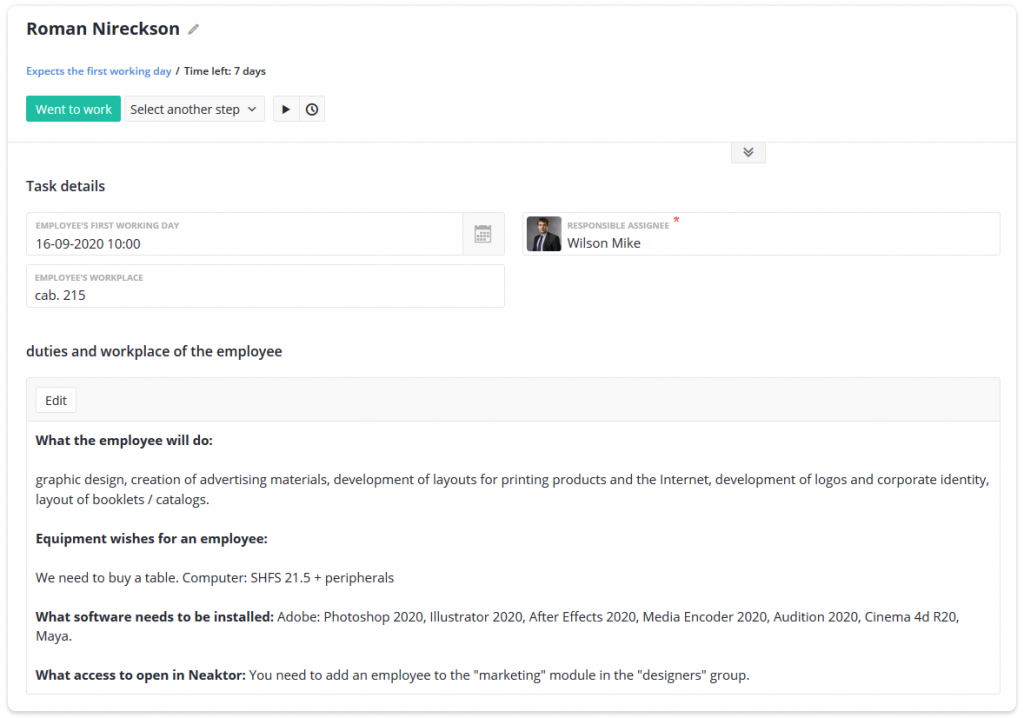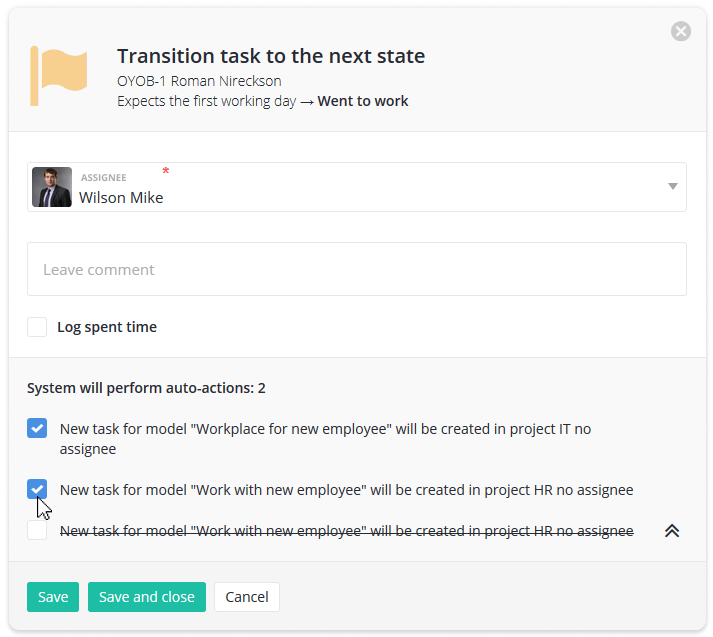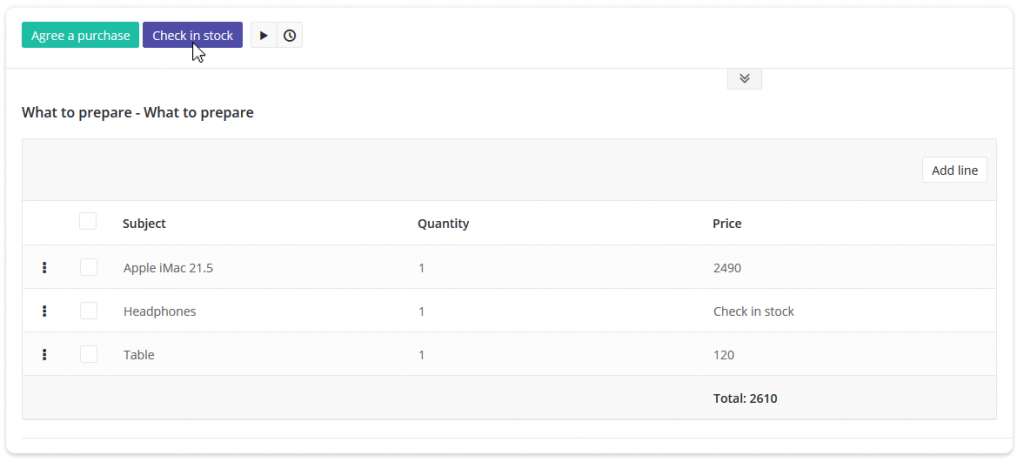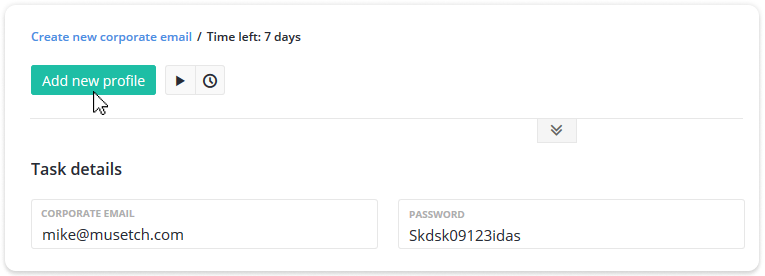The hiring process does not with a call or an email to a successful candidate. At this point, a group of business processes starts, which is called onboarding.
Onboarding is the process of integrating a new employee with a company and its culture, as well as getting a new hire the tools and information needed to become a productive member of the team.
Customized onboarding processes are needed by both the company and employees. The company will benefit from newly arrived workers as quickly as possible, and employees, both new and long-standing, will not feel forgotten.
What onboarding consists of
Onboarding consists of various tasks. They differ from company to company, but the larger the organization, the greater the variety of these tasks. Here are some of them:
- Introduction to the project(s) employee will be involved in and familiarization with the documentation;
- Technical training, mandatory briefings, e.g. on safety;
- Passing a medical examination;
- Various HR and accounting department procedures
- Future tasks/goals: review in six months or a year, collect feedback from colleagues, final review meeting at the end of the probation period, and intermediate meetings during the probation.
How to make onboarding easier
The listed tasks are a set of related business processes involving employees of different departments – legal, HR, accounting, IT, procurement, etc.
To hire and onboard a new employee, you may need to complete up to 30 tasks! And this is for just for one new hire. And if you employ tens and hundreds of employees, there are thousands of tasks.
Most of the problems arise during the interaction between departments – documents are lost and filled incorrectly, time is spent on trips between different parts of the building. This is especially true if the processes are not formalized.
But even if the processes are formalized, only a highly bloated staff of HR specialists can cope with such volumes doing everything manually.
The alternative is the full automation of all HR department processes. It will significantly reduce costs, speed up and cheapen processes, and reduce the number of errors. And managers will finally be able to see in real-time what the HR department is doing – all tasks will be transparent and controlled. It is possible and necessary to automate work on HR management using a business process management system.
Onboarding with Neaktor
The BPM system allows not only setting up and launching individual tasks but also linking them together. If you set up the processes correctly, onboarding starts already at the stage of preparing a job listing. The manager who requested a new worker, in the description for the job listing, indicates what the employee will do, what access permissions he may need, etc.

Based on this information, in the future, the first set of tasks for the IT department, accounting, HR will be automatically created.

The processes will start as soon as the required applicant accepts the offer. Some tasks must run even before the employee officially comes to the office for the first time. For example, it is worth ordering a new laptop, chair, etc. in advance.

Many tasks are initiated automatically. For example, for the IT department: order equipment through the procurement department, configure software, and a corporate mailbox, grant access to the necessary resource.

The HR specialist is given the task of preparing contracts and agreements.
Each onboarding task is a separate business process. This reduces the number of possible errors and regulates the work – who does what and at what stage.
At the same time, tasks in Neaktor can initiate one another. For example, only when the system administrator creates a mailbox for a new hire, a task to add a new user to Neaktor (you need to have an email address for that) will be created.

Performing tasks in a different order or with errors simply won’t be possible. This removes the potential problems.
Setting up onboarding processes is easy just make sure you not try to connect them all at once. Go step by step.
You can start with the general task of creating an employee profile. And then gradually add the necessary processes and automate the actions. When it seems that there is nothing more to add, you can think about connecting RPA and completely replacing HR specialists in certain areas.
Add comment